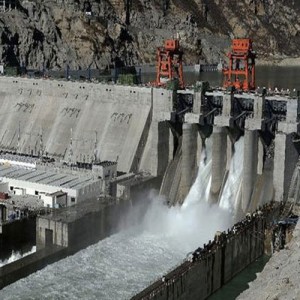China has built, and plans to extend, hydropower projects along the Brahmaputra River, despite concerns expressed by leading environmental experts. The river, which is known as Yarlung Zangbo in Tibet, flows from the “roof of the world” downstream into areas of Northeast India, and could pose a direct threat to the neighbouring region. Although India says it will commission a study to help understand the potential impact, experts warn that it may already be too late. The first section of the Zangmu hydroelectricity dam became operational in late November, and several other sections are due to be completed within the next year.
Although India was told of the project, the scale and consequence of it are said to have come as a surprise. “Indian officials have so far been satisfied by Beijing’s explanations, not realising China was actually building a massive project that would affect the river’s flow into Arunachal Pradesh and other parts of the northeastern region,” said the Times of India. Despite assurances from Beijing that the project is responsible, and in accordance with a trans-border river agreement made in 2013 between the two countries, India has reason for concern. Not only is the dam potentially damaging to the fragile ecosystem, but also has the potential to cause flash flooding and landslides in downstream areas within both India and Bangladesh. Additionally, the river, which is regarded as a lifeline to the remote and farm-dependent region, could experience a reduced flow, as occurred in Southeast Asia following Chinese dam construction on the Mekong River. Also concerning to neighbouring countries is the power the dams will give to China as the “water tap manager” in the river’s upstream areas.
According to Chinese officials, the hydropower station would be useful in “harnessing the rich water resources of the Yarlung Zangbo river to empower the development of the electricity-strapped region,” but environmentalists opposed to the project dispute this claim. Instead, they say that the Tibetan region has little need for additional electricity because of low industrialisation. Additionally, Tibetans use relatively little energy. “Official statistics showed that Tibet’s per capita electricity consumption in 2013 was slightly over 1,000 kilowatt-hours, less than one third of the average in China,” according to the Xinhua news agency. The project is said to generate 2.5 billion kilowatt-hours of electricity annually.





 Print
Print Email
Email